10 Best Vastu plants to attract good fortune
Lets approach divine grace!
Vastu Shastra is part of ancient vedic system, principals of vastu vidya emphasis on harmonize and strengthen the bond among 5 key elements (fire, earth, air, water and sky). Lets have a look to 10 best vastu plants which can help to attain health, wealth and prosperity.
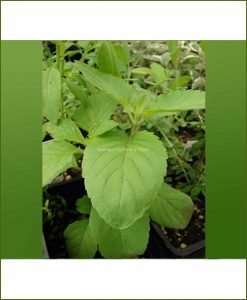
1. Tulsi
Tulsi is most commonly grown perennial, aromatic and sacred species of basil in India. The Queen of herbs is one of the most consumed and worshiped aromatic herbs, its one or other species are found all over the world. Holy basil is categorized under Ocimum genus in the plants family Lamiaceae, native to India and has around 60 species identified with several health benefits. It is good source of vitamin A, Vitamin C, Calcium, Zinc, Iron, Chlorophyll, it posses anti bacterial, insecticidal properties and leaves have capabilities to purify contaminated water.
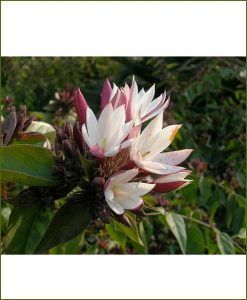
2. Jasmine
Jasmine is categorized under family Oleaceae and native to warm-temperate, subtropical and tropical regions of Eurasia, Australasia and Oceania. It has around 200 species and most of its vivid varieties are found in Southeast Asia. Jasmine is known for its immense fragrance & ornamentation applications. It is used as shrub, vine and hedge plant in landscapes. Jasmine is one of the the most popular flowers in India where it is commonly used for worship Lord Shiva and other deities. Jasmine flowers are symbolic, they symbolize different emotions of life in different cultures, some of these include love, romance, modesty, sensuality, amiability.
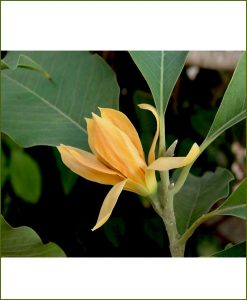
3. Plumeria
Plumeria is a plant species of genus that are characterized by astonishing fragrant flowers, it is categorized under family Apocynaceae and native to warm-temperate, subtropical and tropical regions of Mexico, Polynesia, Central America. It is commonly known as nosegay or frangipani and has around 300 species, most of its vivid varieties are found in Southeast Asia.
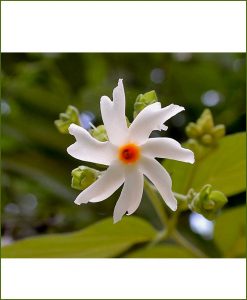
4. Parijat
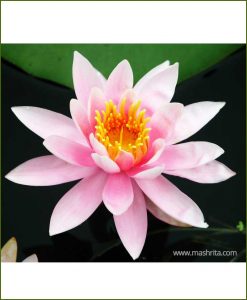
5. Lotus
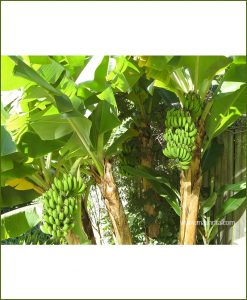
6. Banana
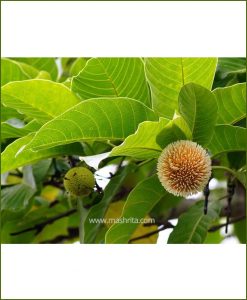
7. Kadamba
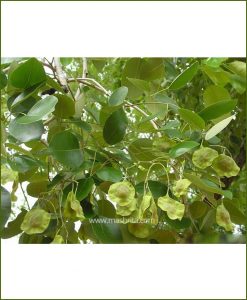
8. Sandalwood
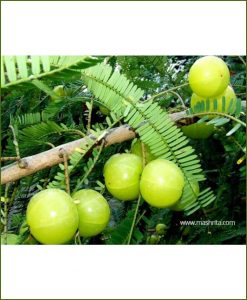
9. Amla
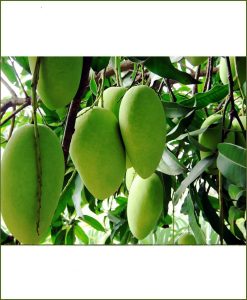

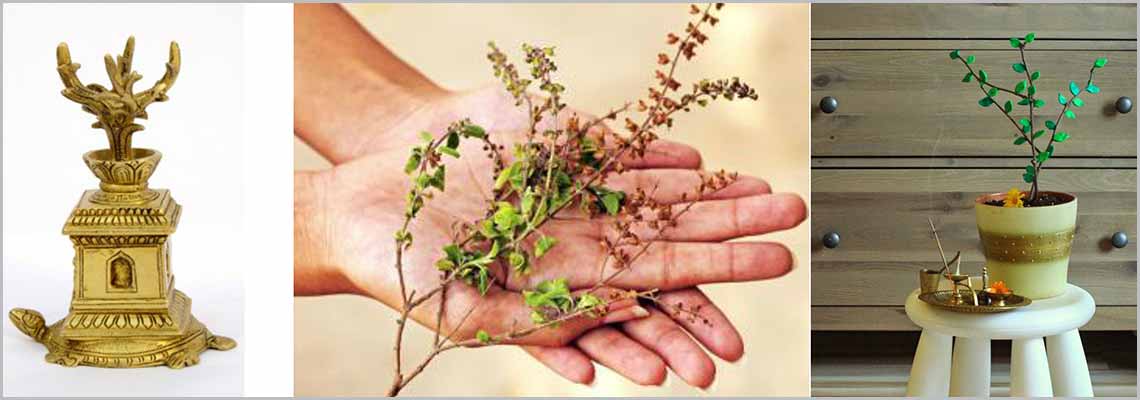
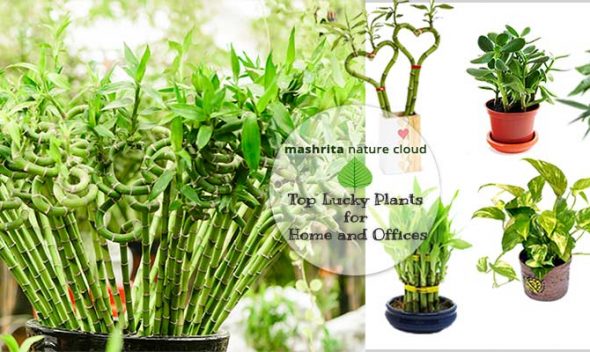
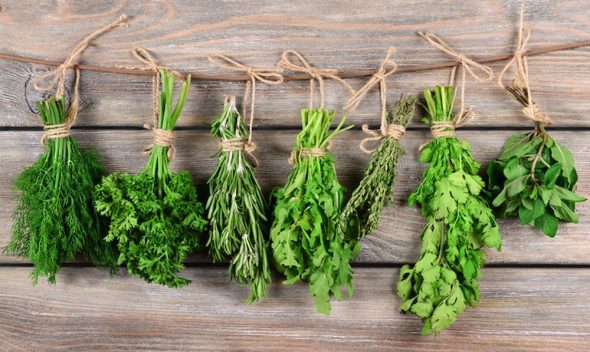
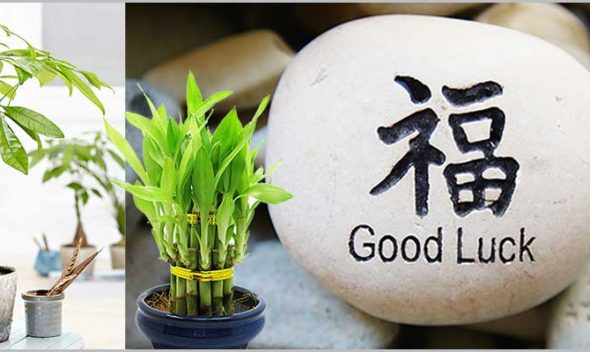





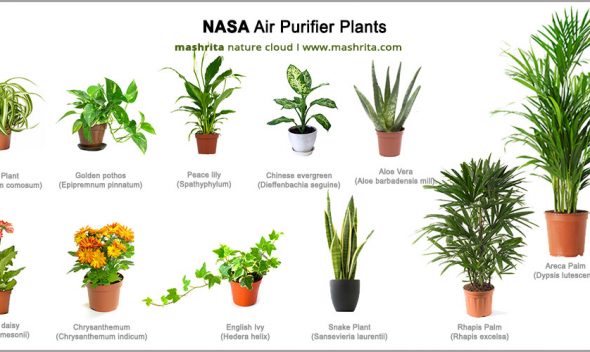

Leave a comment
You must be logged in to post a comment.